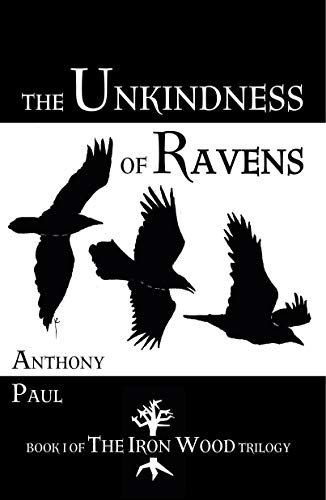The Cantos by Ezra Pound
Page 9 of 27 - 1 2 3 4 5 6 7 8 9 10 11 12 13 14 15 16 17 18 19 20 21 22 23 24 25 26 27 Purchase full notes for £7.95 (aprox $12.39)
Indeed, in 1915, Pound was still a long way from achieving the clarity and precise beauty of the poetry found in the published Canto IV , as this early draft indicates:
‘What do I mean by all this clattering rumble?’
Bewildered reader, what is the poet’s business?
To fill up chaos, populate solitudes, multiply images
Or streak the barren way to paradise
[…]
Too full of footnotes, too careful to tell you
The how and why of my meaning “here was the renaissance
These lines provide several clues as to what Pound’s intentions were in this early period of composition (his concentration on the idea of a ‘renaissance’ is revealing), but such lines are little more than jottings or notes. The same, in fact, could be said of passages of the (published) Ur-Canto I , such as when the speaker addresses Robert Browning as follows:
So you worked out new form, the meditative,
Semi-dramatic, semi-epic story,
And we will say: What’s left for me to do?
Whom shall I conjure up; who’s my Sordello,
My pre-Daun Chaucer, pre-Boccaccio,
As you have done pre-Dante? […]
Whom set to dazzle the serious future ages?
As Pound revised these passages, the befuddled voice of ‘the poet’ was gradually stripped away, so that the poetry was distilled down to its essentials. Pages of imaginary debate with Robert Browning about the problems of writing poetry were eventually reduced to just five lines in the completed Canto II :
Hang it all, Robert Browning,
there can be but one “Sordello”.
But Sordello, and my Sordello?
Lo Sordels si fo de Mantoana.
So-shu churned in the sea. (10/6)
 If you have found our critical notes helpful, why not try the first Tower Notes novel, a historical fantasy set in the time of the Anglo-Saxon invasions.
If you have found our critical notes helpful, why not try the first Tower Notes novel, a historical fantasy set in the time of the Anglo-Saxon invasions.
Available HERE where you can read the opening chapters.
